Lambda Functions
- Lambda by Amazon Web Services (AWS) is an analogous serverless solution.
- Lambda can be used internall as well as for model deployments (we are focusing on the latter).
- We will repeat setting up the weather app and the recommender model, using the CLI (command line interface tools)

Aside: Setting up an IAM user
- TBD
Hello World in Lambda
- Select the lambda service.

- Pick the python 3.7 runtime.

- You will see the green bar indicating a successful creation.
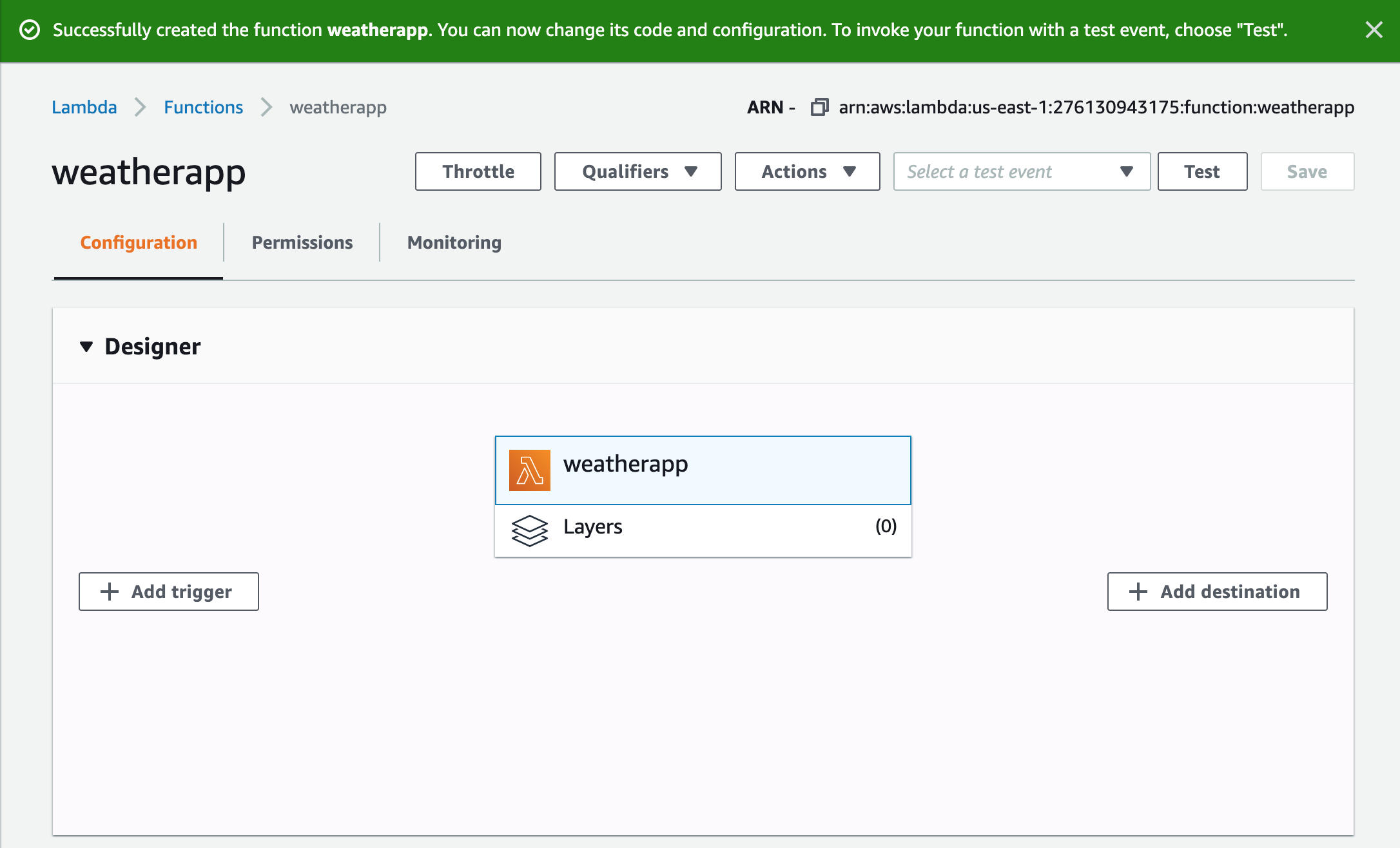
- We will initially not changed the code.

- And create a dummy test.
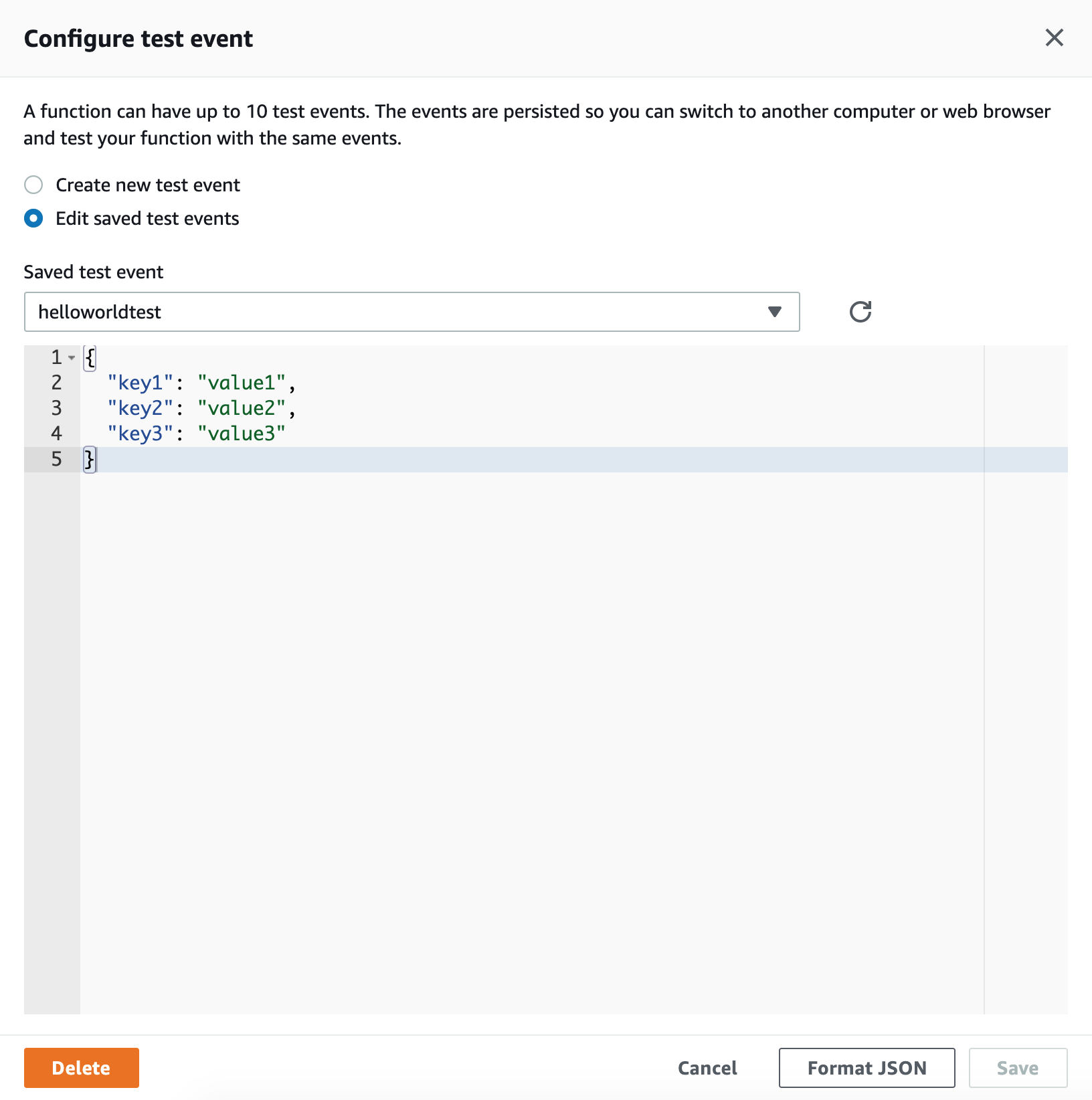
- The result looks like this.
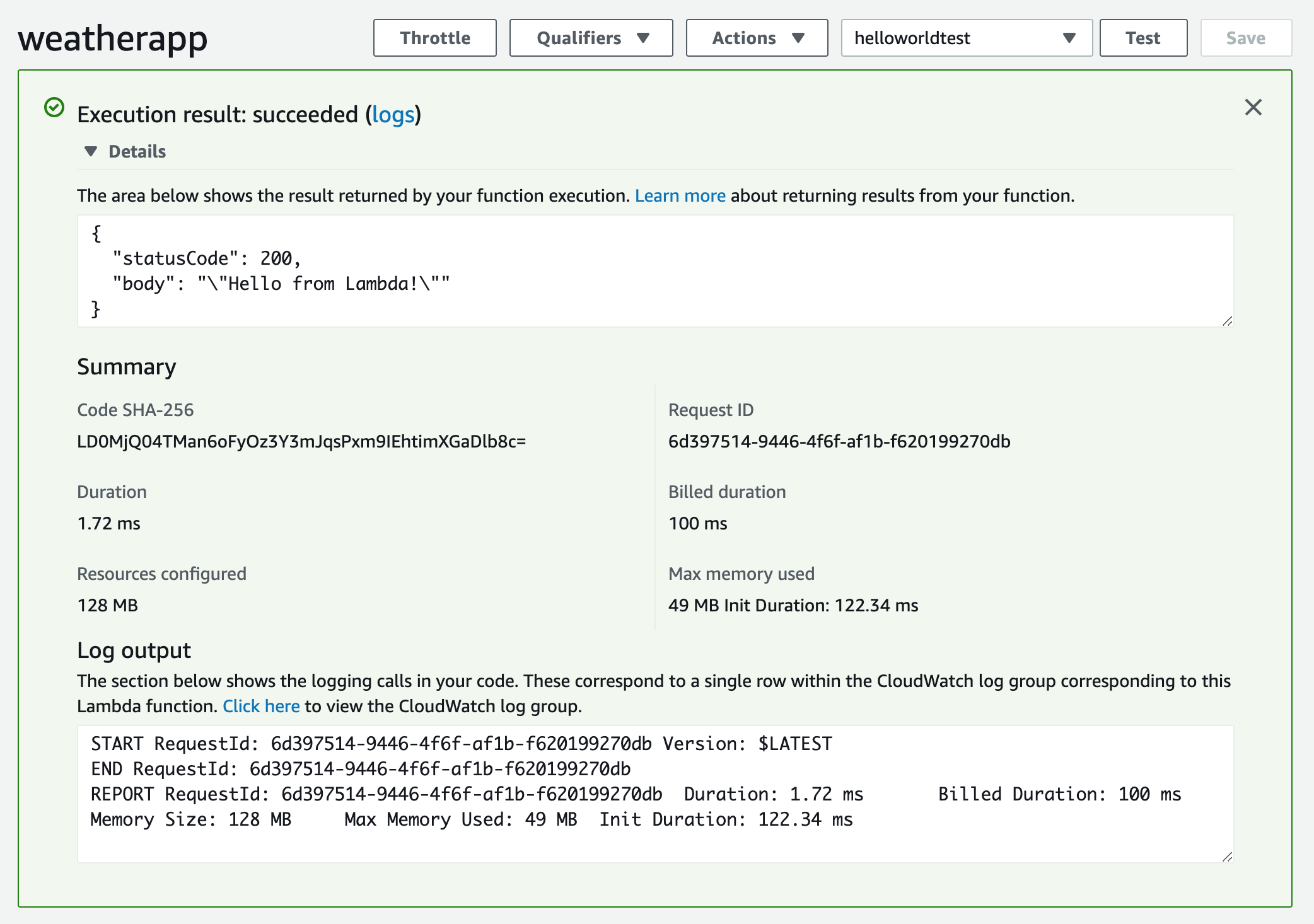
Setting up an API Gateway
- We will slightly change the function so that it forms a proper HTTP response.
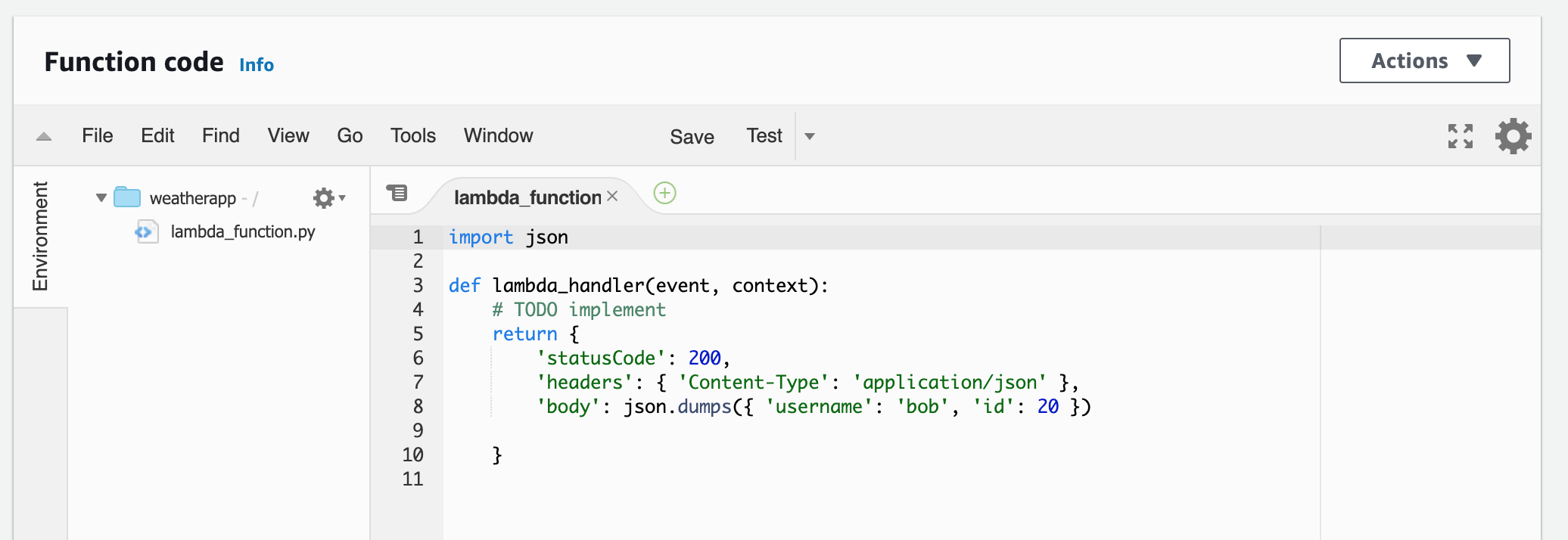
- Under the Designer section, we will ‘Add Trigger’ and select ‘API Gateway’.
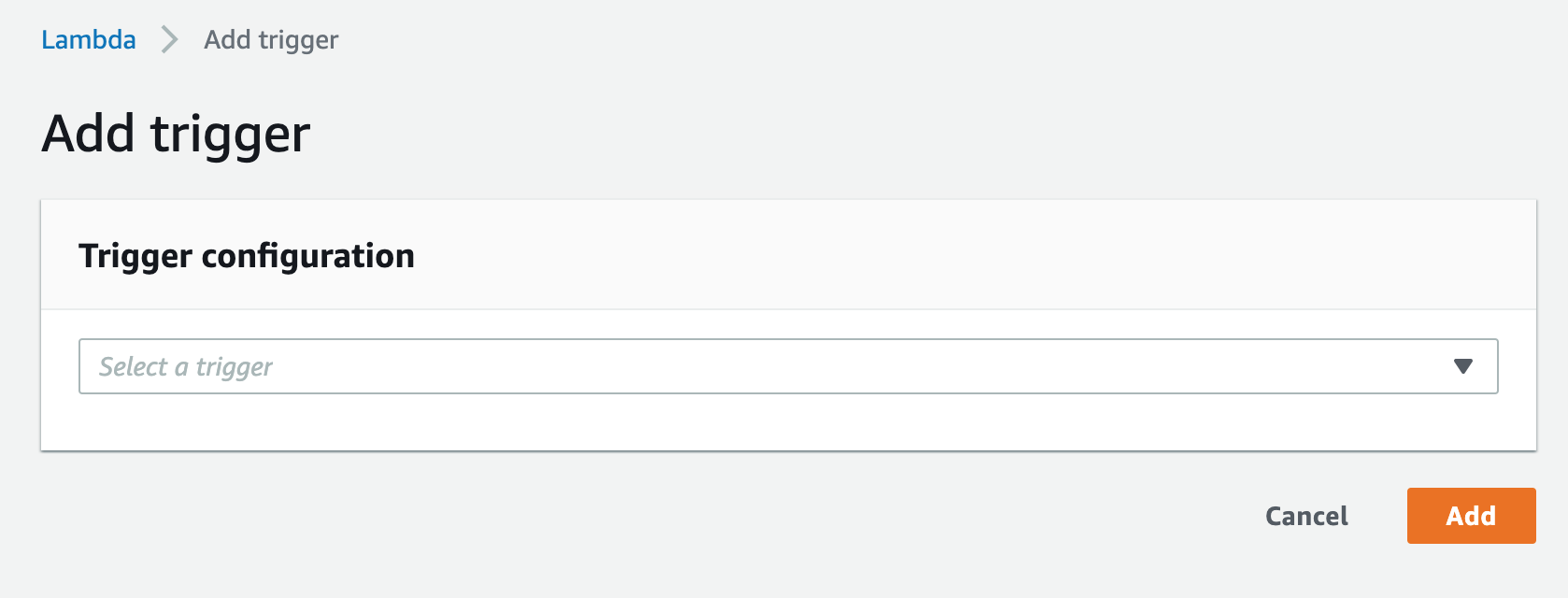

- We choose HTTP API and security to be open for the time being.
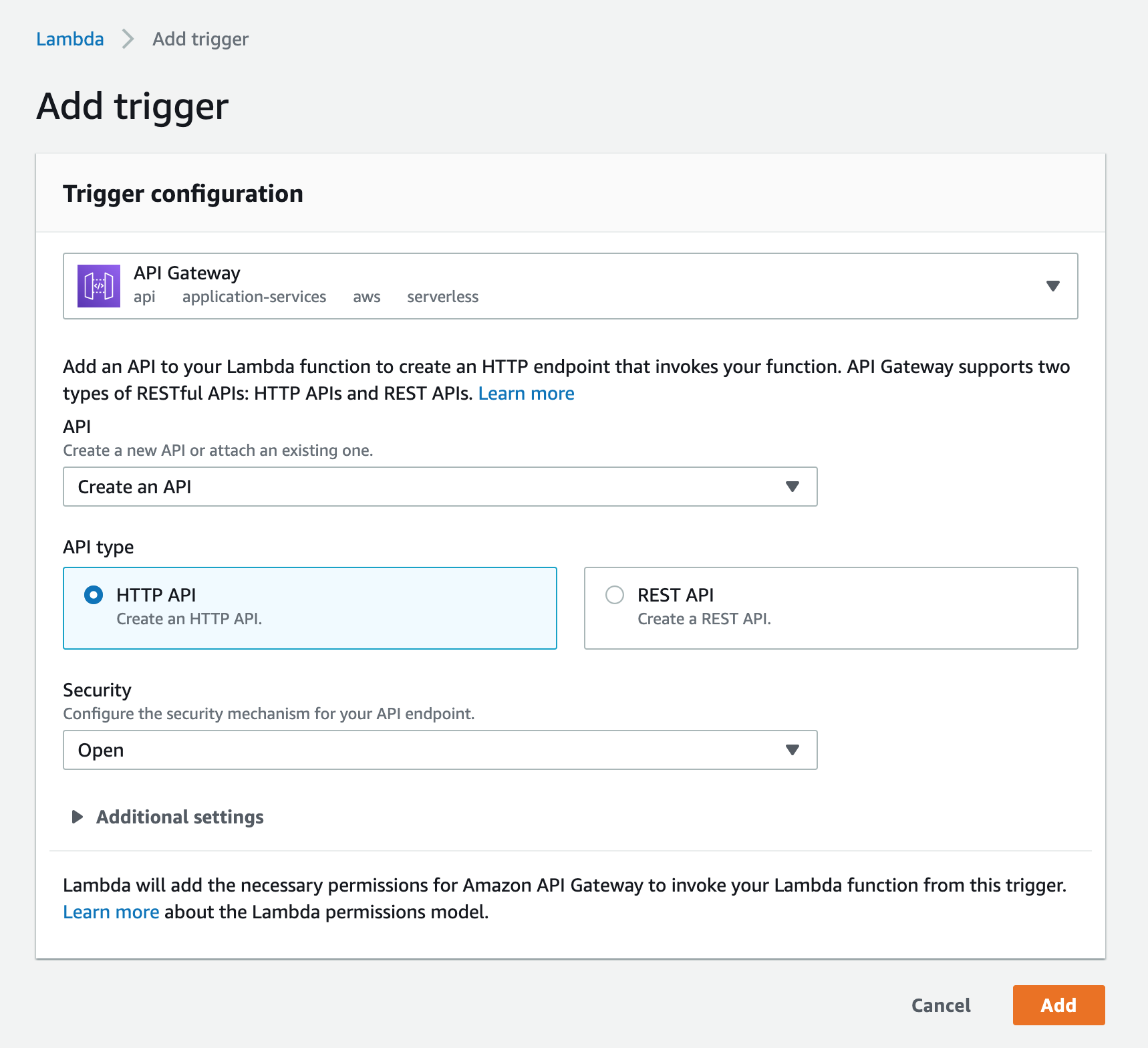
- A block will appear on the designer tab in the Lambda function page.
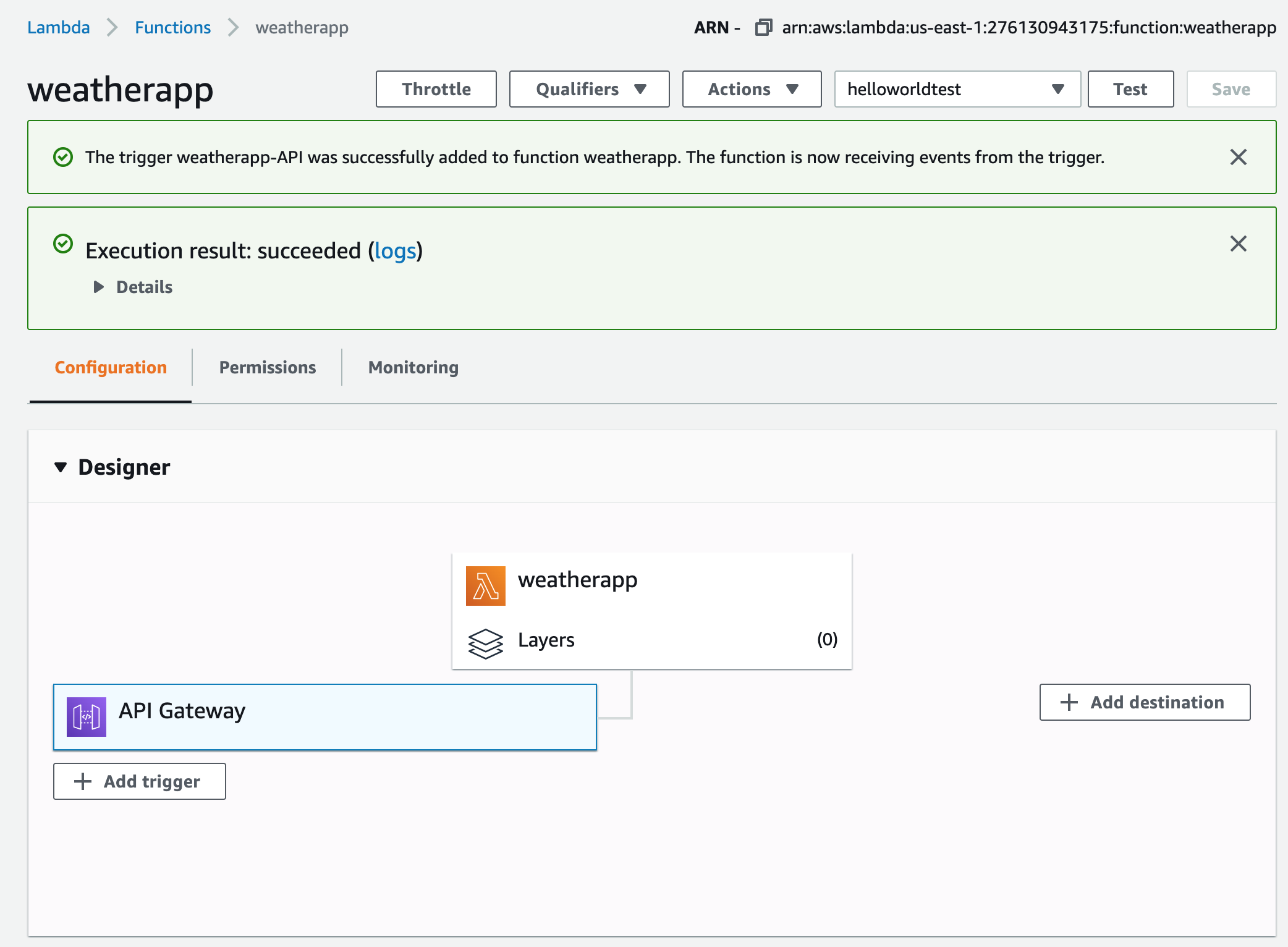
- Once you click on the API Gateway link provided, you will see the response as expected:


See this documentation for more details.
Set up a Programmatic User to Access S3
What is IAM? IAM (Identity and Access Management) is a very useful tool for an organization to administer and control access to various resources.
- We will create a programmatic user, similar to the service account in GCP.
What is S3? S3 (Simple Storage Service) is a very popular service used by many large and small companies and individuals.
- For example, a typical data science work flow may involve ETL work on databases (such as Amazon Redshift) and then storing outputs on S3.
Start with finding the IAM service.

- Click on create a new user.
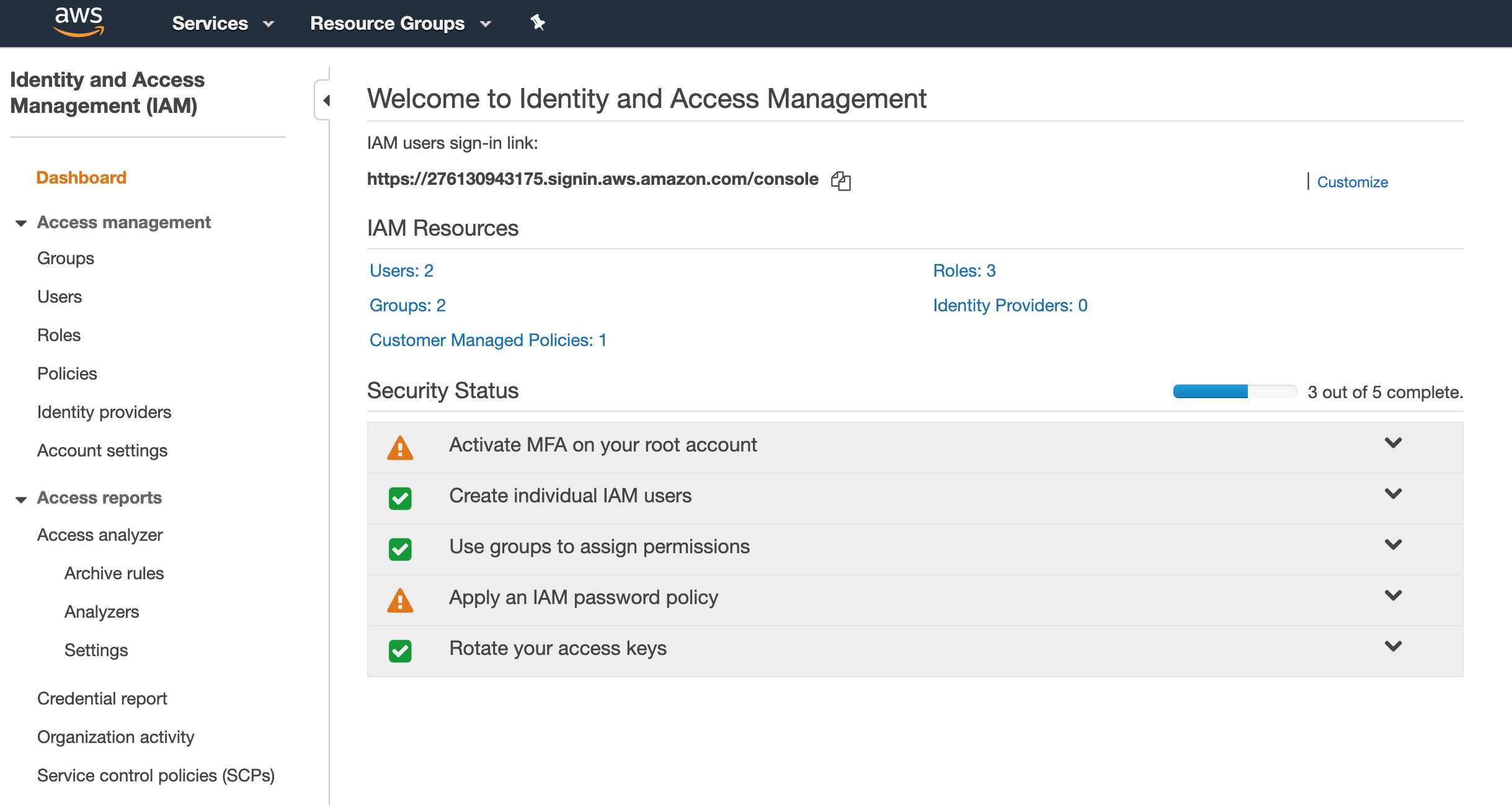
- We will make this user have programmatic access (for example via Python later on).
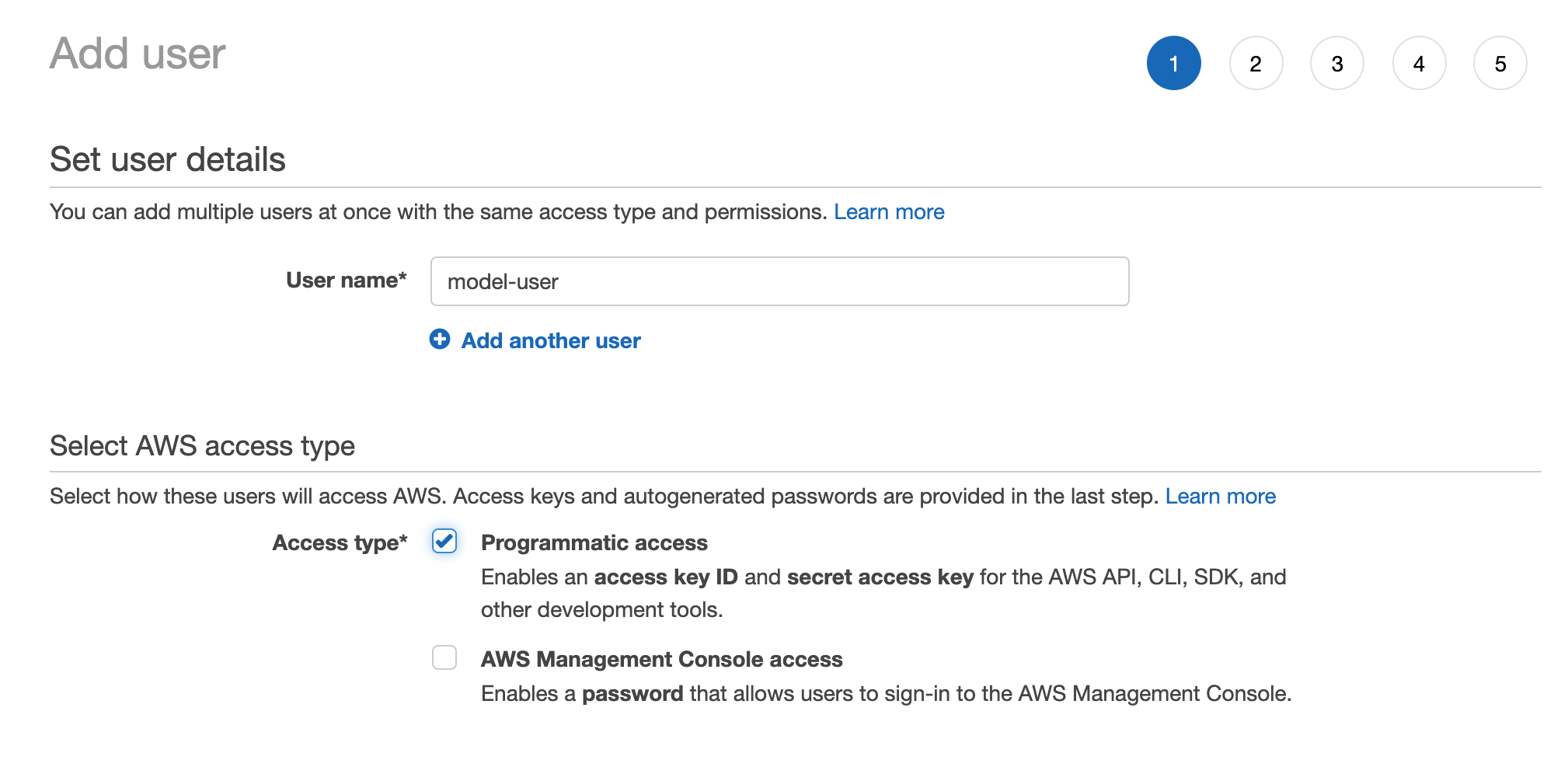
- For now, we let the user have full read and write access to S3.
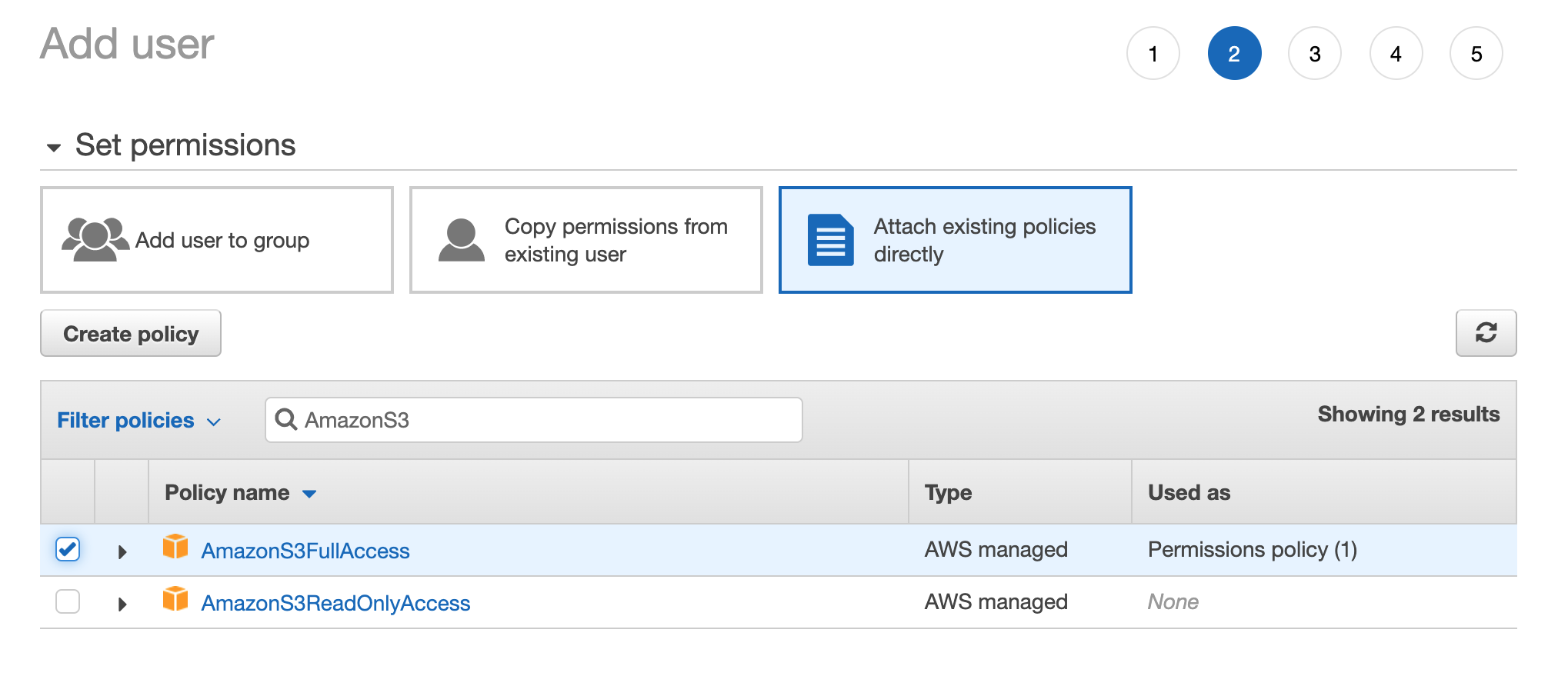
- Lets review the user setup.
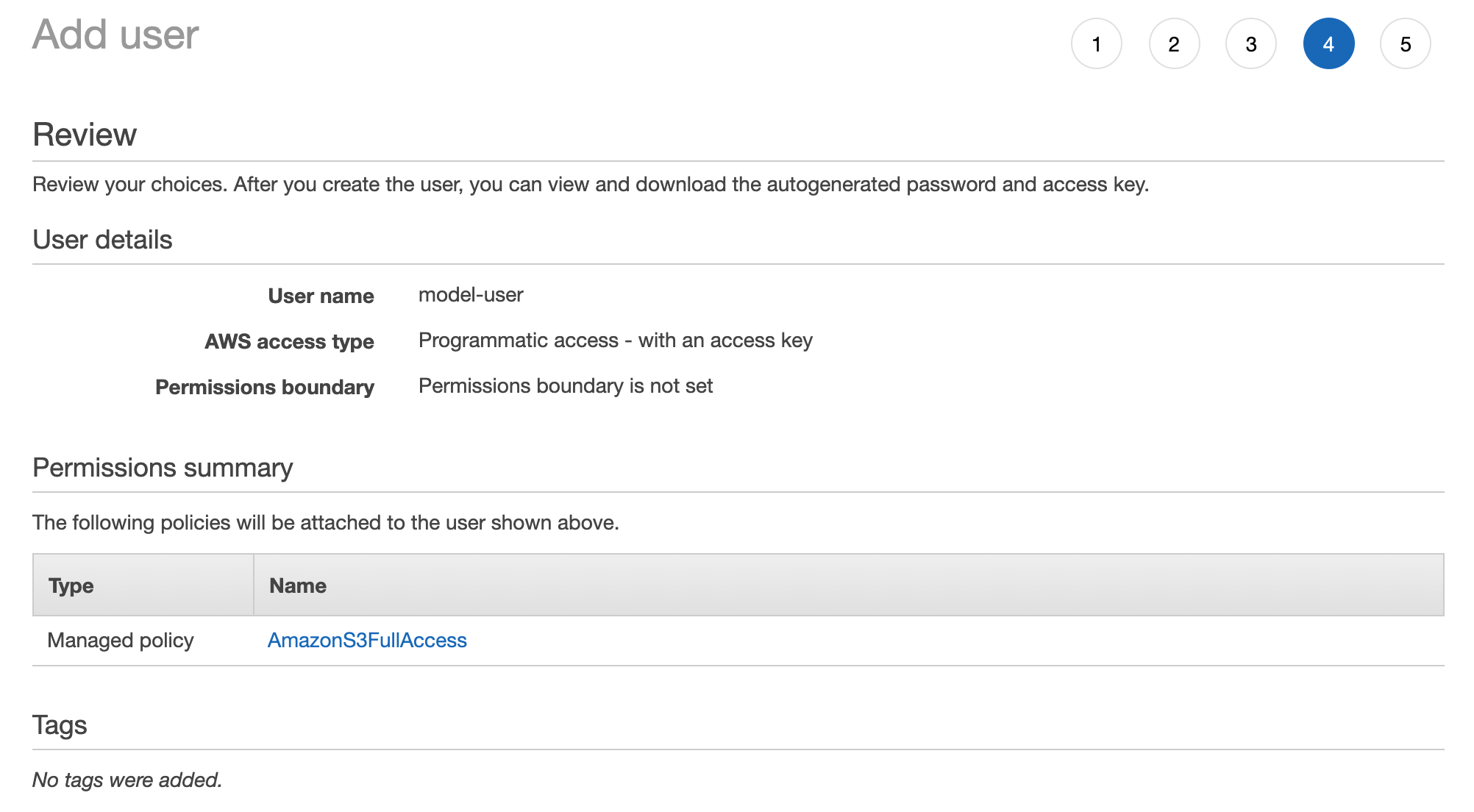
- In this step, copy the access key and secret key that will be needed for the programmatic access. They will not be shown again, so store them safely and securely.
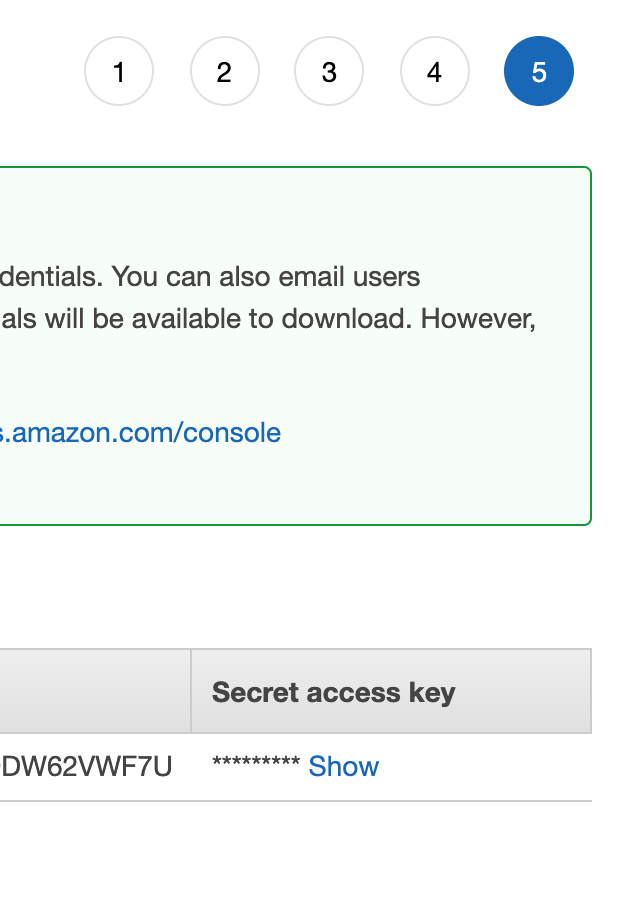
- Here is the description of the user we just created.

Set up AWS CLI
The AWS Command Line Interface (CLI) is a unified tool to manage your AWS services. With just one tool to download and configure, you can control multiple AWS services from the command line and automate them through scripts.
- Head over to https://aws.amazon.com/cli/ and download a suitable installer for your OS.
Install it and open your terminal. If it is in the PATH, you should be able to verify the following:
which aws #/usr/local/bin/aws #your location could be different. aws --version #aws-cli/2.0.45 Python/3.7.4 Darwin/18.6.0 exe/x86_64Using the access and secret keys to configure aws using the
aws configurecommand.

Test S3 access by issing the following commmand:
aws s3 ls$ aws s3 ls 2020-09-03 12:27:48 chicagodatascience-com 2020-09-03 12:02:25 theja-model-storeInstead of programmatically creating a bucket (with the
aws s3 mb s3://bucket-name) we will do it using the GUI below.